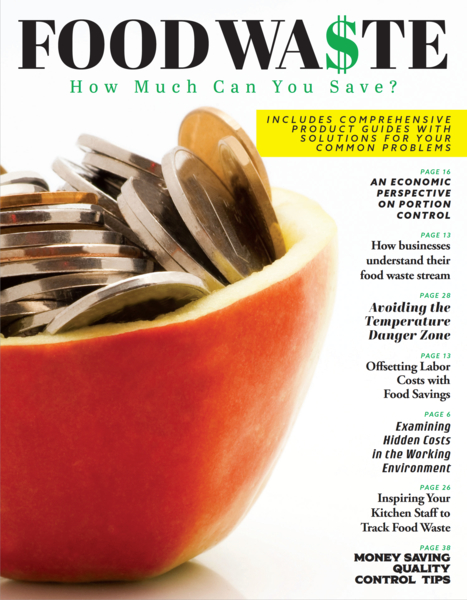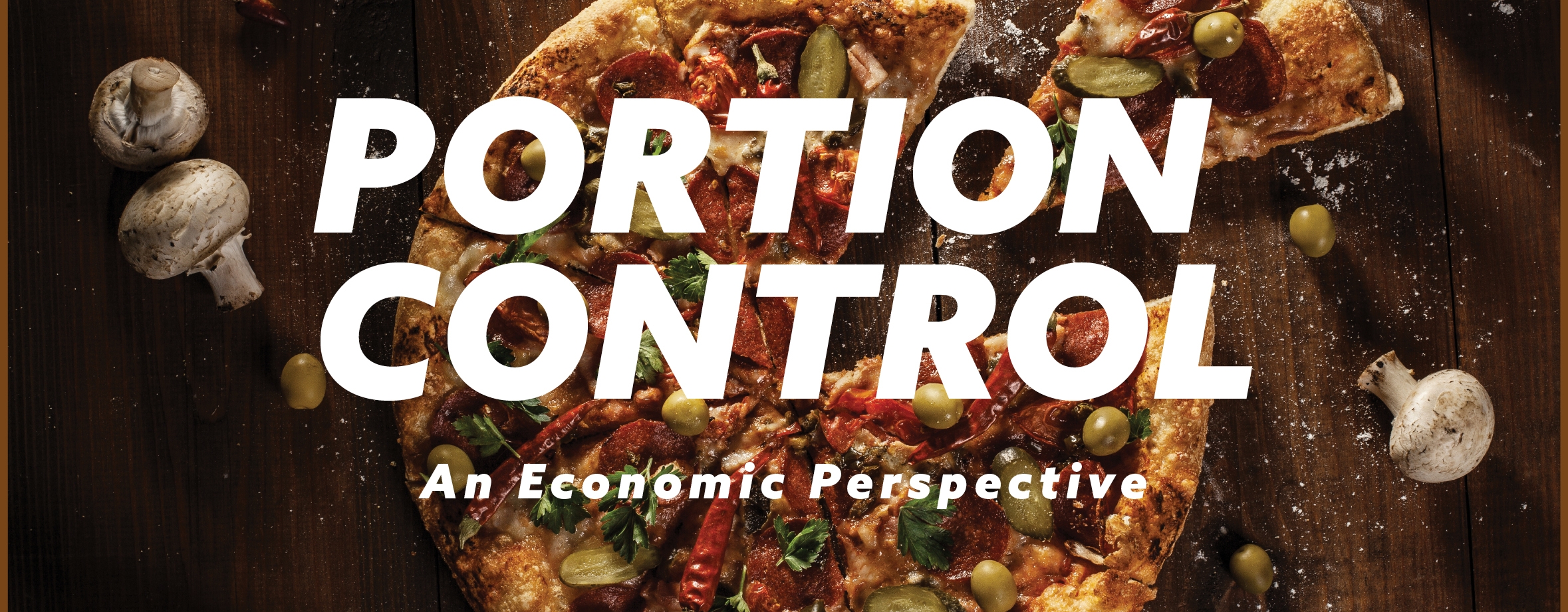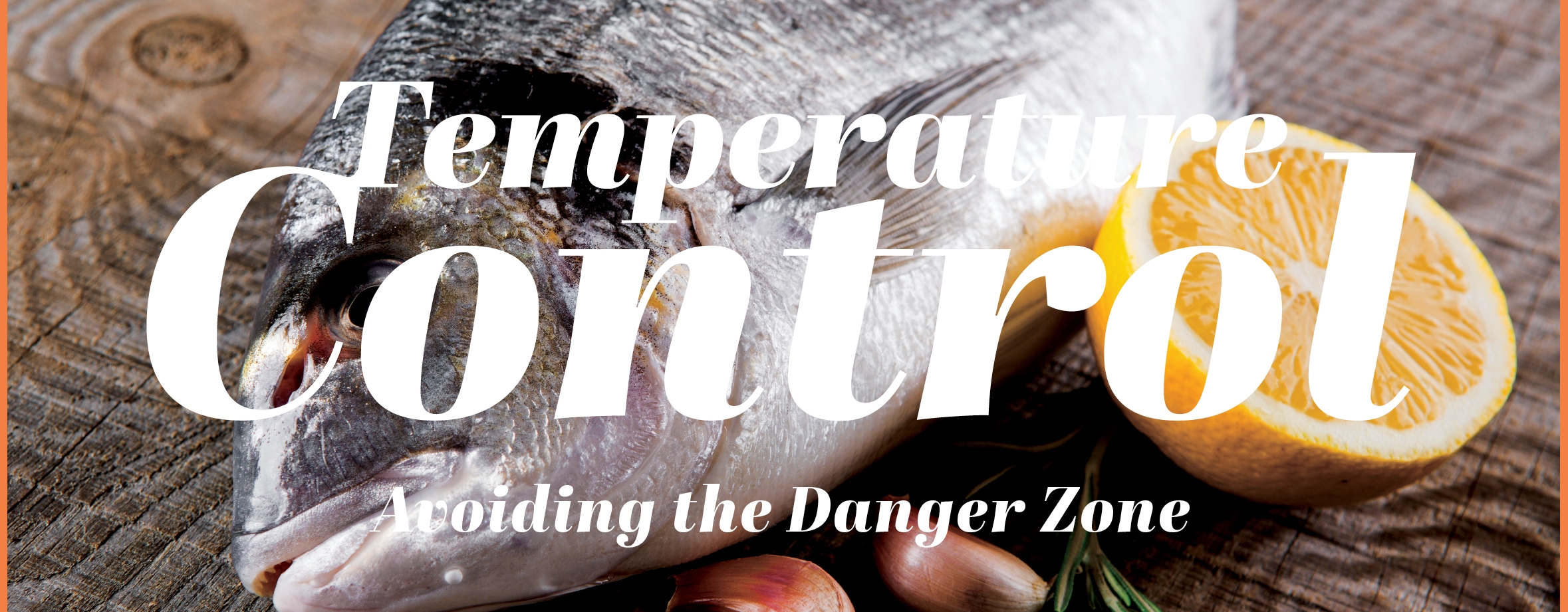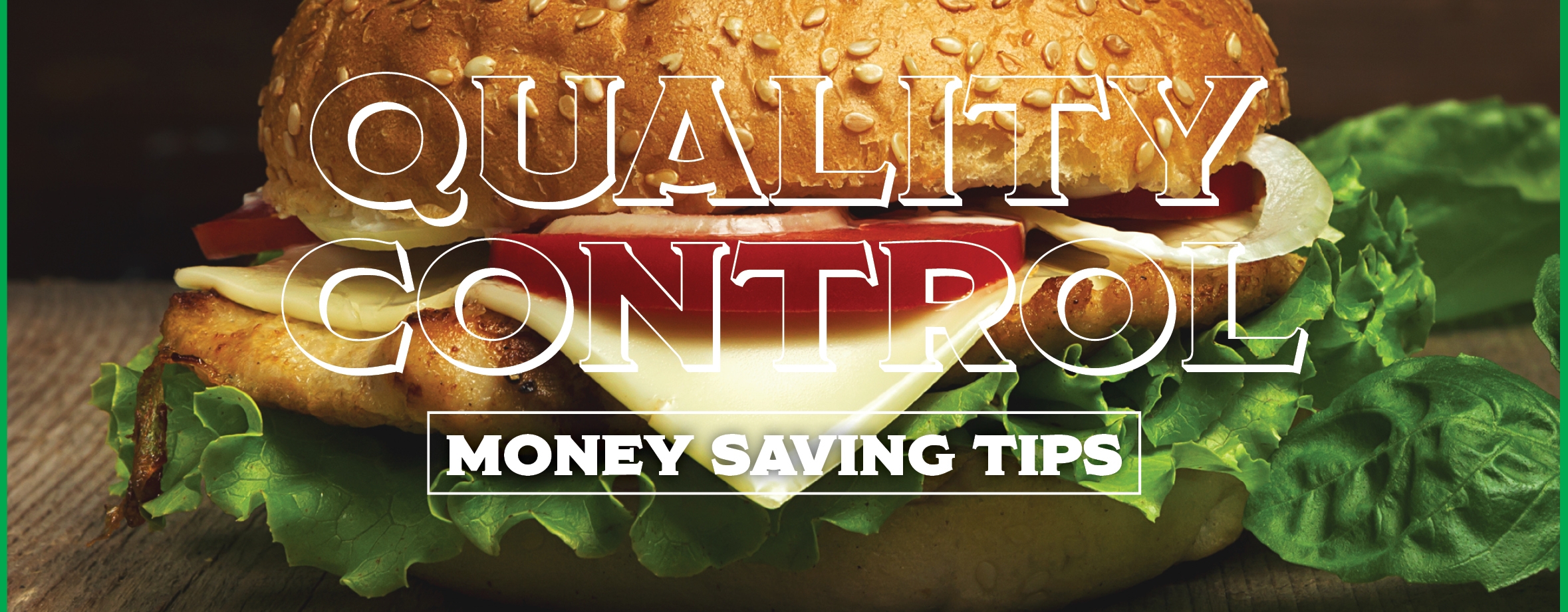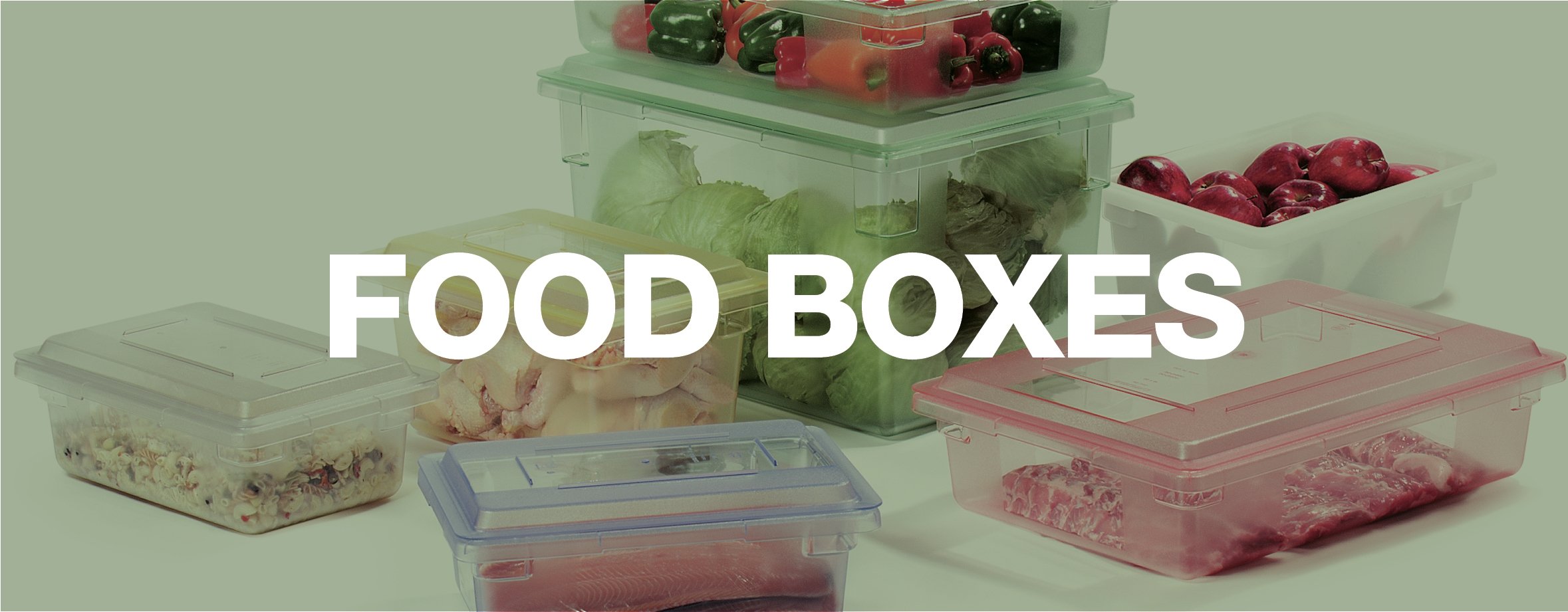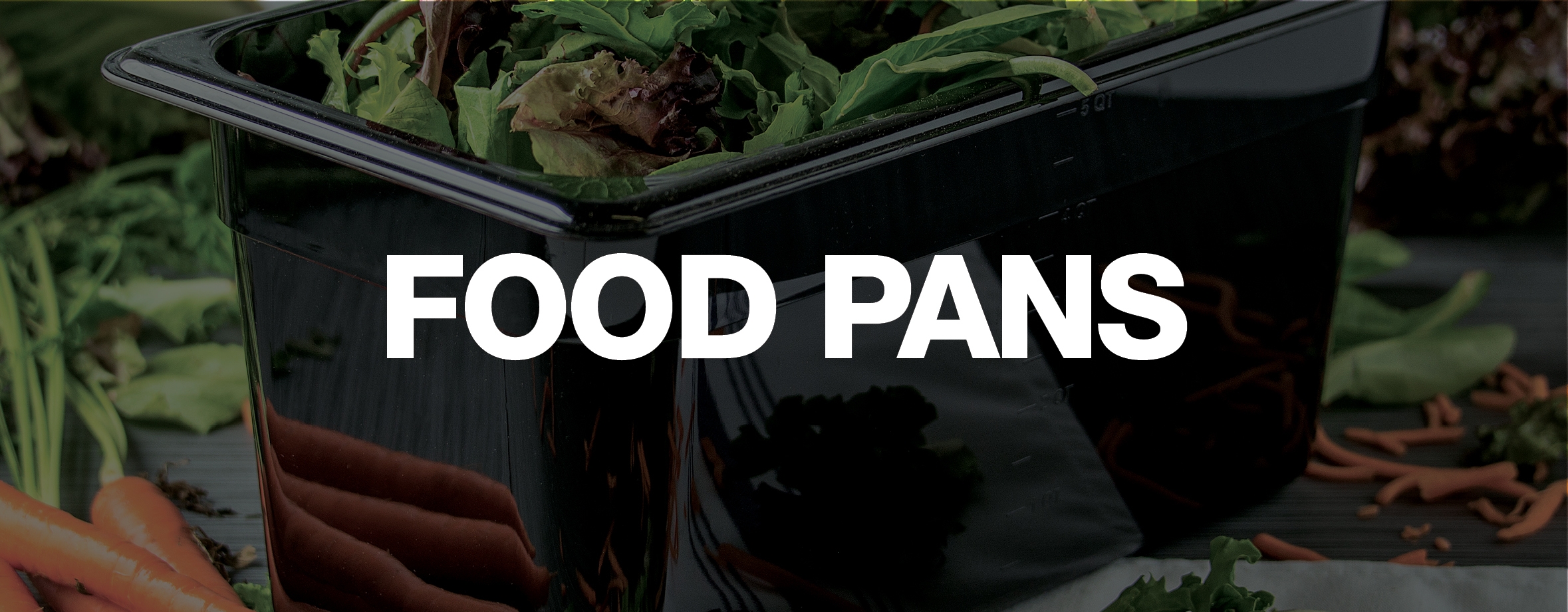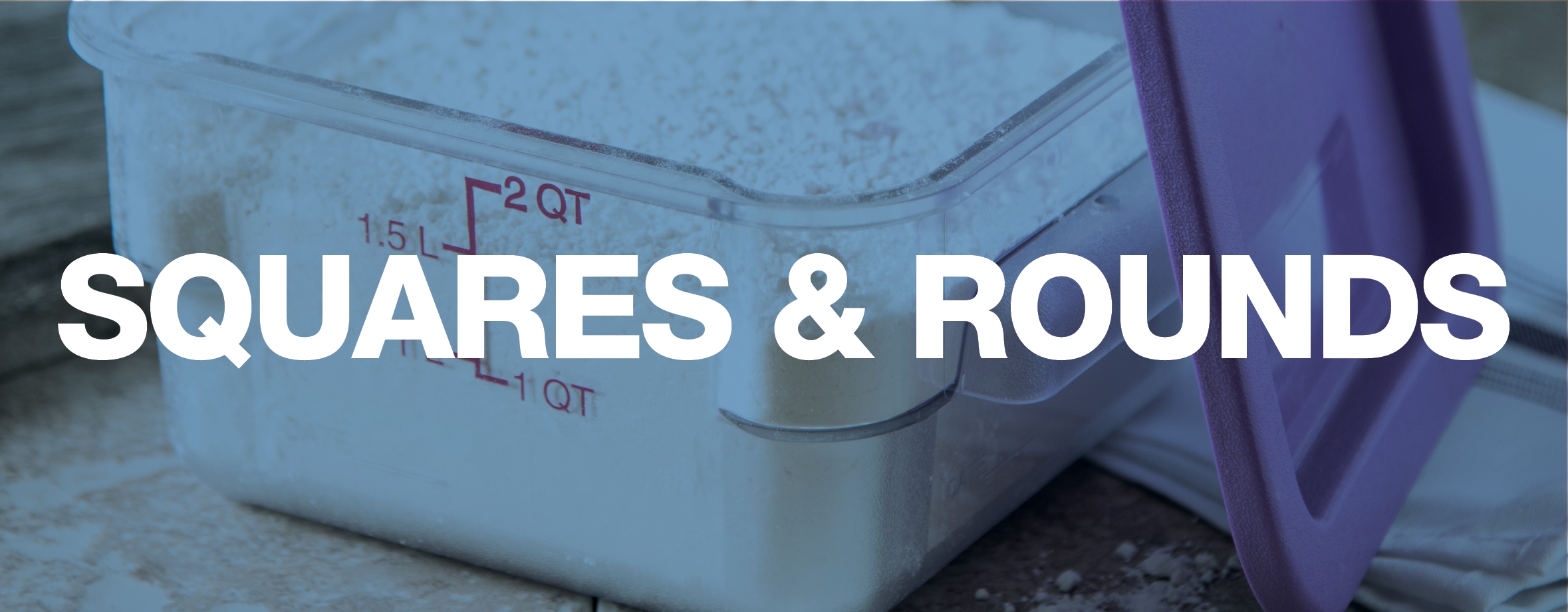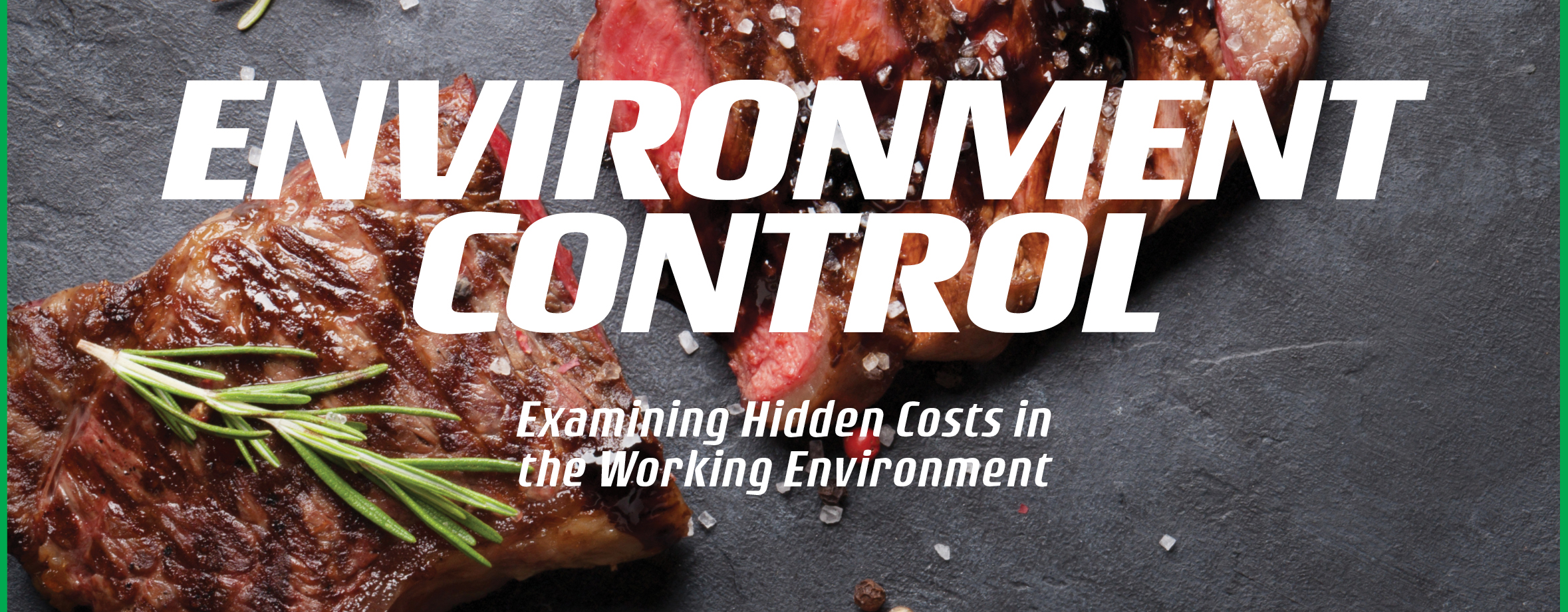
We're Here To Help
Examining Hidden Costs in the Working Environment
Proper environmental control in your restaurant means avoiding all kinds of hazards, not just contamination. Examine every aspect of your operation for safety concerns, bottlenecks and costly slow downs. With the right procedures and equipment, you can avoid dangerous and expensive mistakes.
Cost Reductions for Restaurant Owners
Savvy restaurant owners understand the impact contaminated food can have on their customers’ health and their businesses’ profitability. With the right policies and practices, you can mitigate your risk of an outbreak and maintain your customers’ trust.
According to the World Health Organization...
- Over 200 dangerous diseases can live in food and spread through our supply chains.
- Almost a half-million people die each year from food contamination, especially children and the elderly.
- Today’s complex global food supply chain requires proper food-handling practices at every step.
- The use of antibiotics in factory farms means antibiotic-resistant bacteria can easily enter our food supply.
- Food contamination affects tourism, restaurant districts’ economic health, and foodservice workers’ livelihoods.
What is Environmental Control?
When restaurant owners talk about environmental control, they’re referring to food storage, preparation, and consumption facilities. Remember, harmful bacteria can enter food supply chain at any point, from farm to table.
Keeping uncooked meats and unwashed foods separated is a constant challenge for all kitchen workers. Even scientific laboratories that certify food as free of contamination can face this issue. Regularly examine your food-handling practices and educate your staff about food safety. Environmental control means keeping your customers and staff 100% safe and happy.

Top 5 Cross-Contamination Culprits
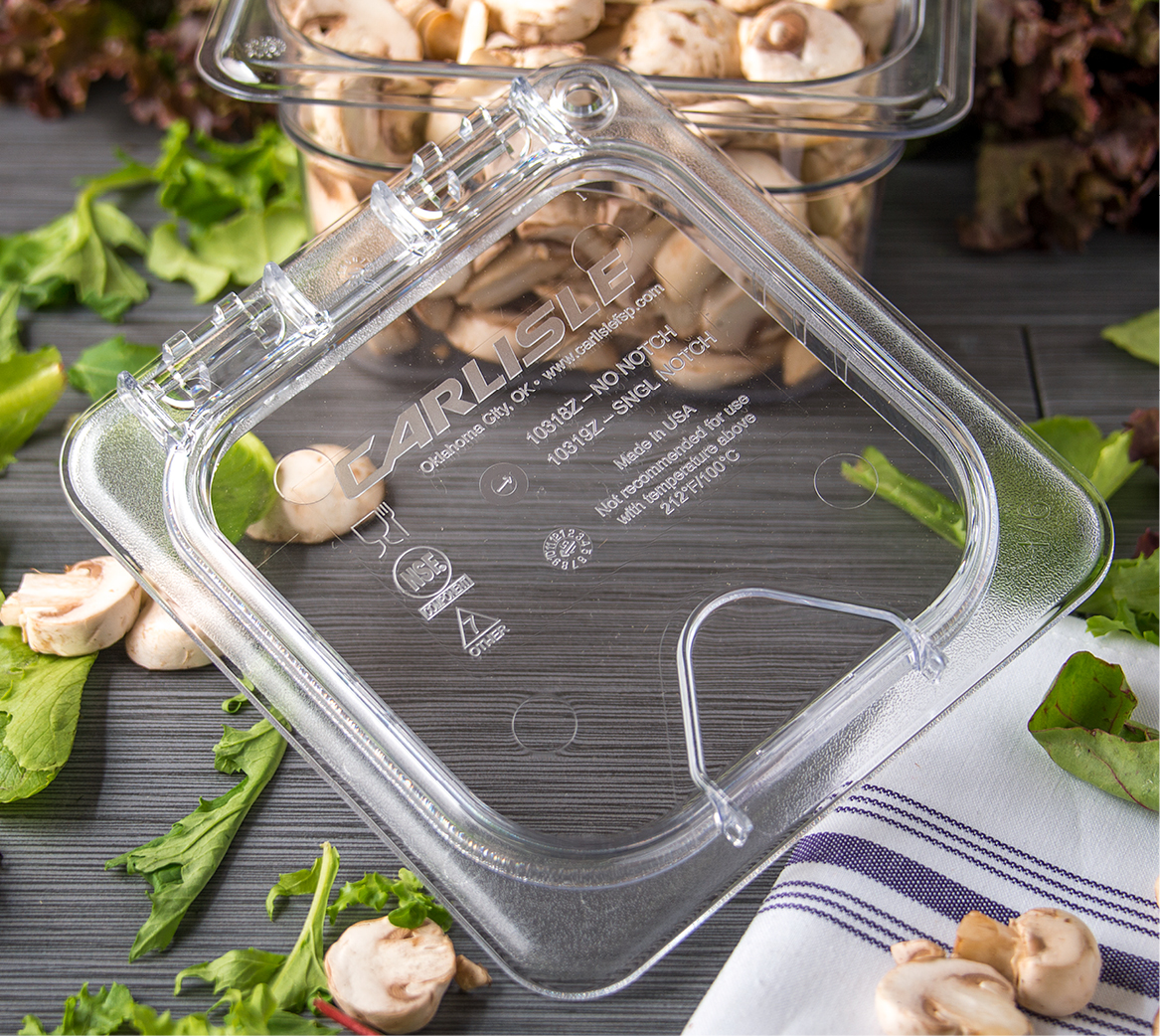
#1 – Storage
Be careful – raw and cooked foods often sit side-by-side on kitchen production lines. Also, take care not to cross-contaminate foods on buffets and prep stations. In your fast-paced food-service environment, control contamination with convenient StorPlus EZ Access Hinged Lids.
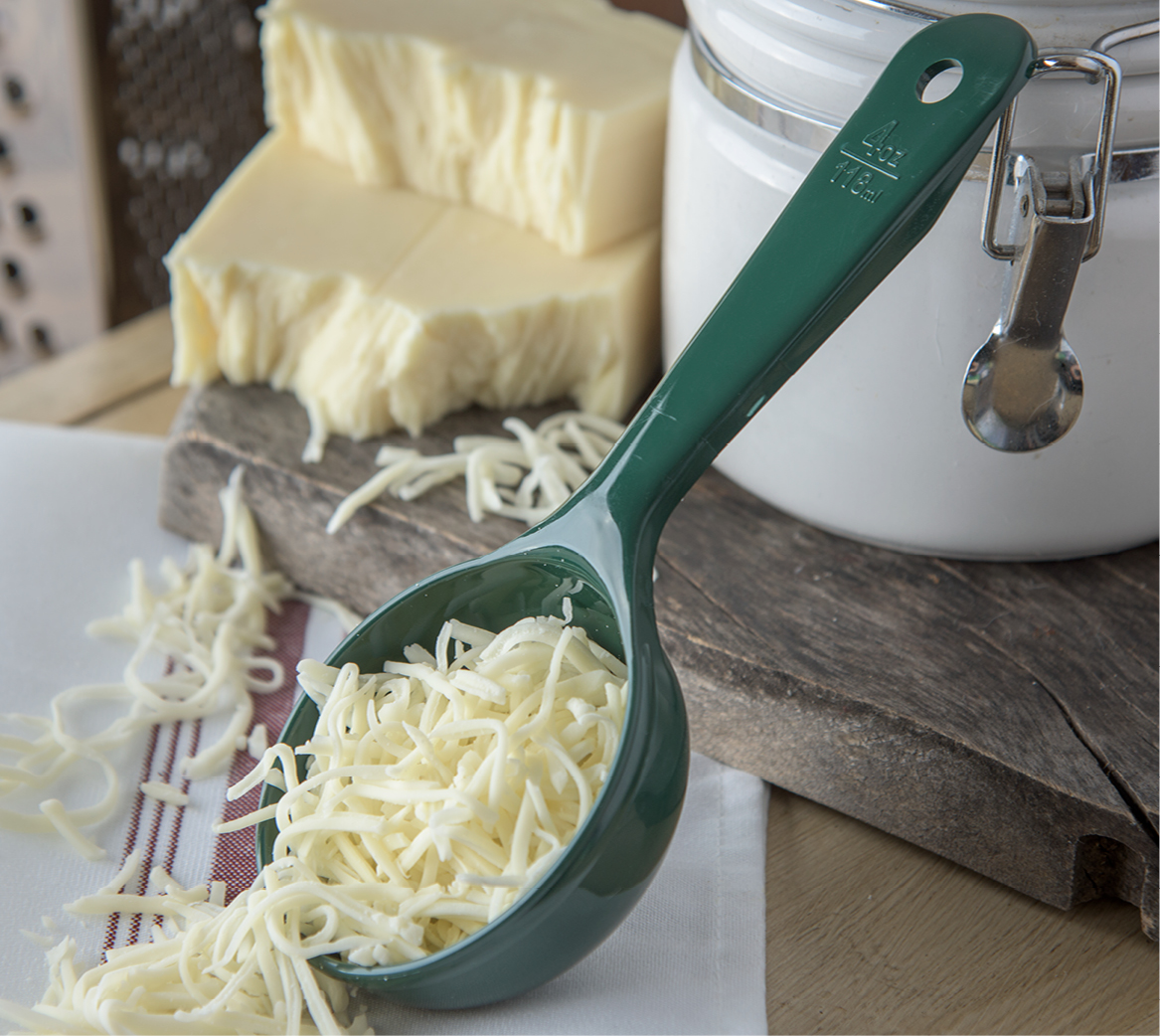
#2 – Utensils
If one of your cooks uses the same utensil on raw and cooked foods, you could have a Salmonella outbreak on your hands. Food handlers should always use separate utensils for each item, including customers at salad bars and buffets.
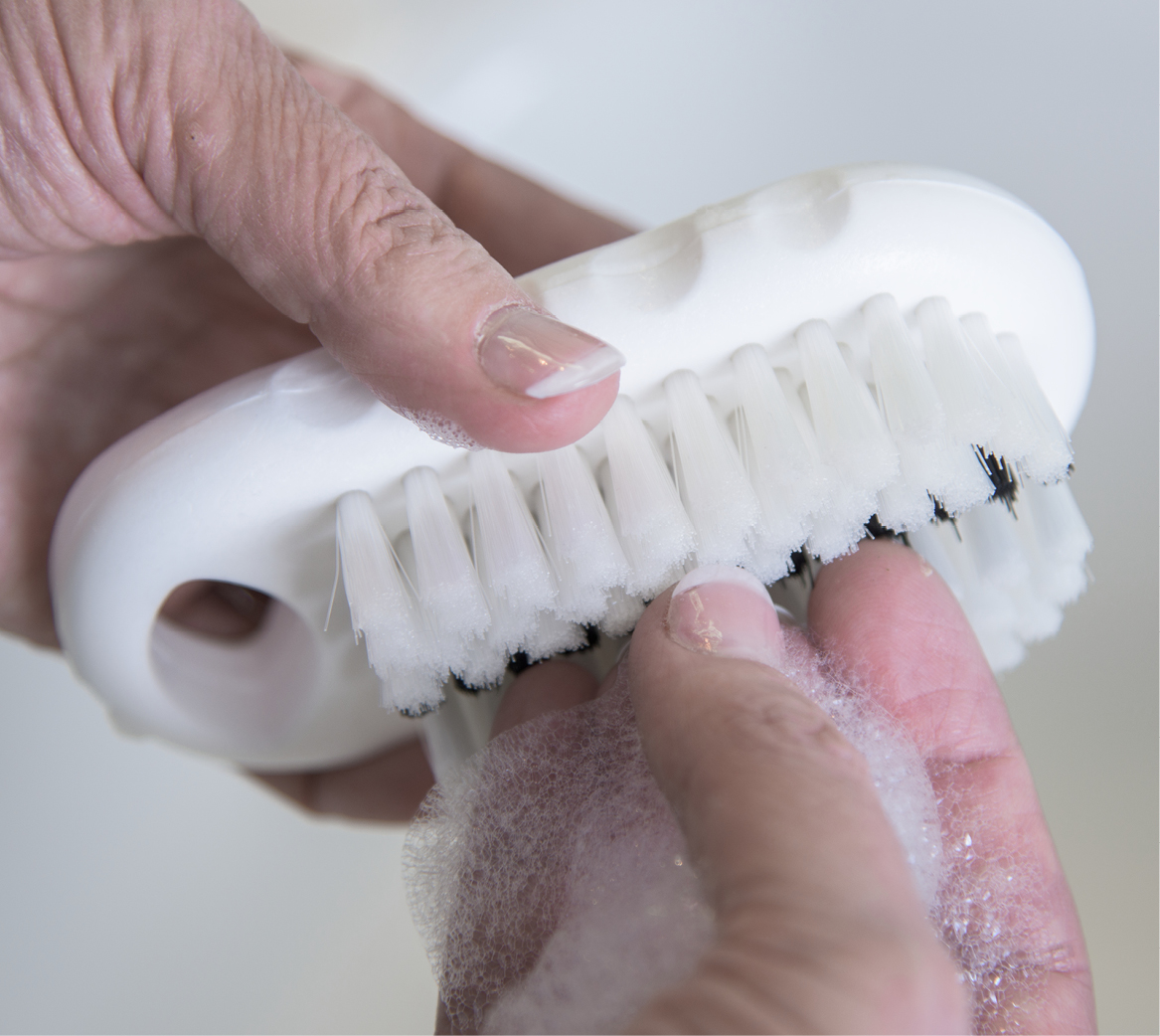
#3 – Personal Hygiene
Even kitchen workers who wear gloves (and change them at appropriate times) can still contaminate food. A simple cough or sneeze can introduce bacteria into supposedly-clean food. Encourage your staff to stay at home when sick and always wash their hands before working with food.
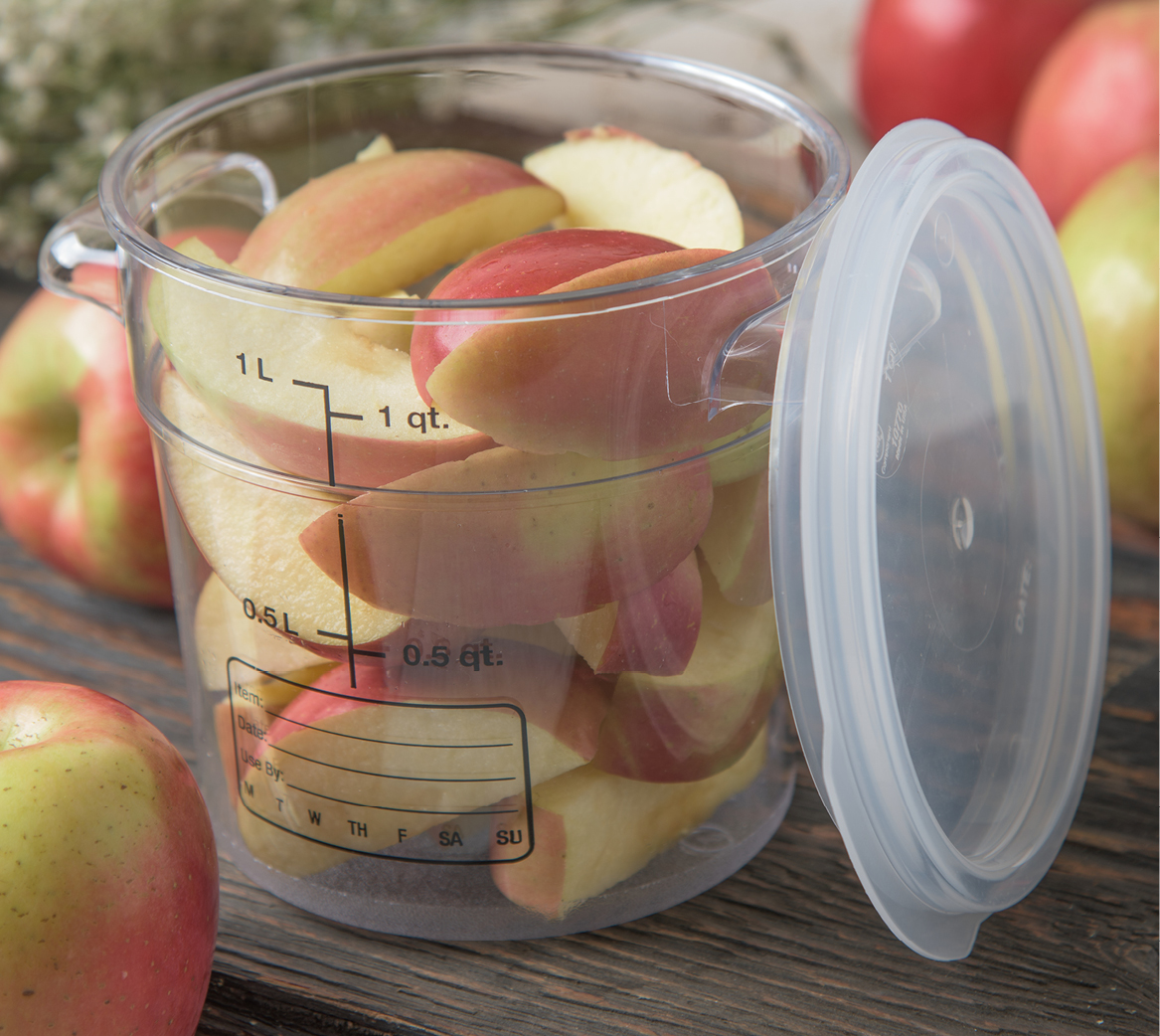
#4 – Food Waste/Vermin
Insects and rodents attracted to food waste can spread disease from one food item to another. Maintain strict food-storage policies and practices, such as never placing boxes on the ground and always keeping your drains clean.
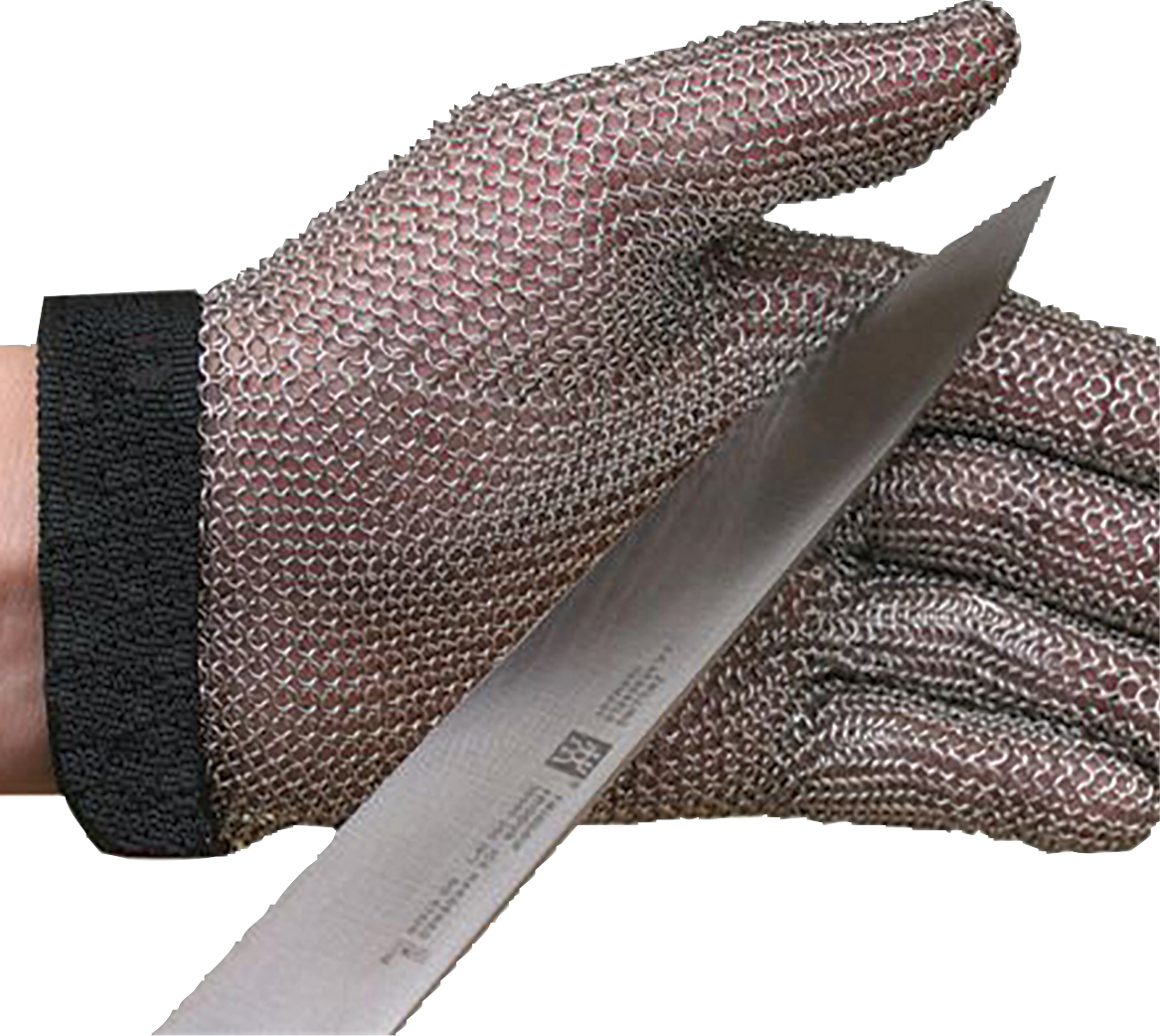
#5 – Clothing
Imagine a prep cook leans on a counter and brushes up against a contaminated cutting board while filleting a piece of raw chicken. Then, a colleague asks them to stock vegetables at a buffet or salad-preparation station. In seconds, dangerous bacteria have entered your “clean” food supply. Insist people who work with uncooked and unwashed foods change aprons (and gloves) before working at clean food stations.

